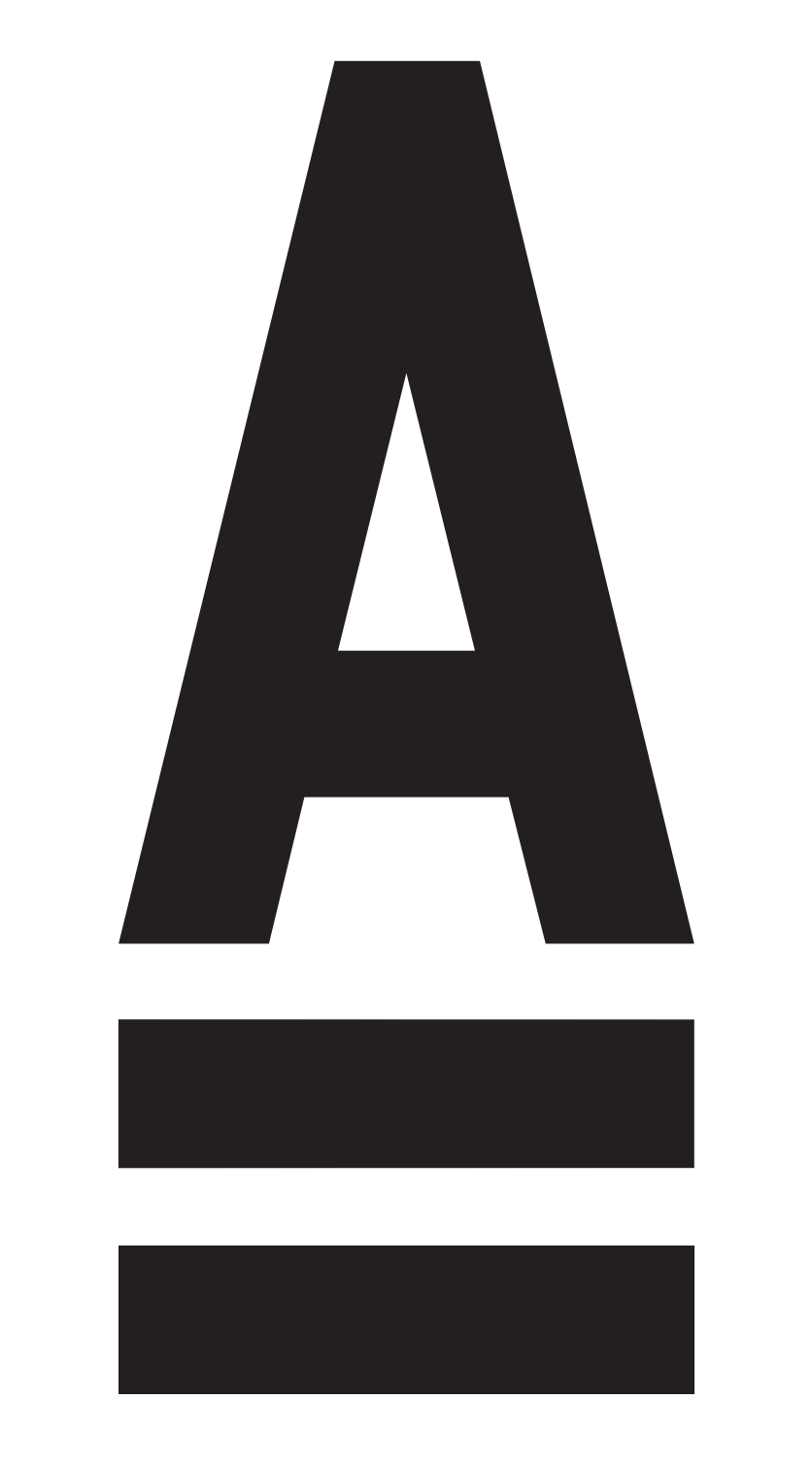Most of the tuning of the a-cat is done by trimming the rig on the water. But there are some things that can be controlled when the boat is on shore.
Hulls
Set to be parallel when under rig tension. The front beam dolphin striker (if any) should be set with about 10 mm (3/8 inch) upward bend before any rig tension is applied. When sailing upwind, the beam should be straight.
Ensure that the front and rear beams are properly bogged to the hulls so that the beam to hull mating surface is maximised. This ensures that when the beams are bolted in place, they have the minimum opportunity to twist.
Trampoline
Tight trampolines make stiff boats. Tight as you can. Use a large screwdriver between the tensioning cord and the rear beam. Lever the cord away from the beam to pull on tension. Work from 1 side to the other. Tie off the slack generated and repeat. Use a piece of ply between the screwdriver shaft and the beam to avoid marking the beam.
Mast rake
Mast rake is the angle at which a mast slopes aft from vertical as viewed from the side. It can be changed by shorting (rotating the mast forward, smaller rake) or lengthening (rotating the mast backward, bigger rake) the fore stays.
There is a simple way to measure it: take the trapeze wire to the forestay and hold it where it connects with the deck. Keep your fingers on the wire and take it to the rear beam. The default setting is to have it touch the deck 100 to 150 mm (4-6 inches) behind the rear beam. You may choose to vary depending on your preferences, in general it is not changed for different wind conditions.
JoyriderTV has a nice video which explains the rake and how it is measured:
Rudder alignment
There should be no slop or play in the system. The rudders when locked down should not be able to drag aft under pressure. Ensure they are parallel fore and aft and across the boat. Slight toe in is acceptable, how much depends on the boat. Initially set up parallel and then watch your windward rudder tip when going to windward. With slight weather helm, you will see more wake coming off the leeward side of the windward rudder. This has the rudder contributing little to steering, but mostly to drag. Slight toe in will balance the wake and minimise drag to windward.
Fore and aft rake of the rudders: Set the rudders so that when a line is sighted down the rudder pintles, the tip of the rudder blade is about 20 mm (13/16 inch) forward of that line.
